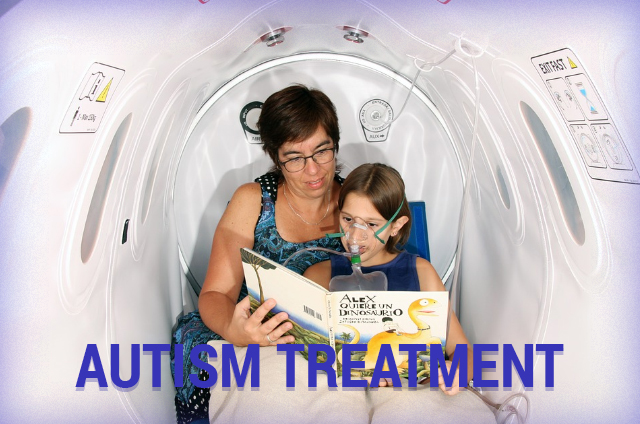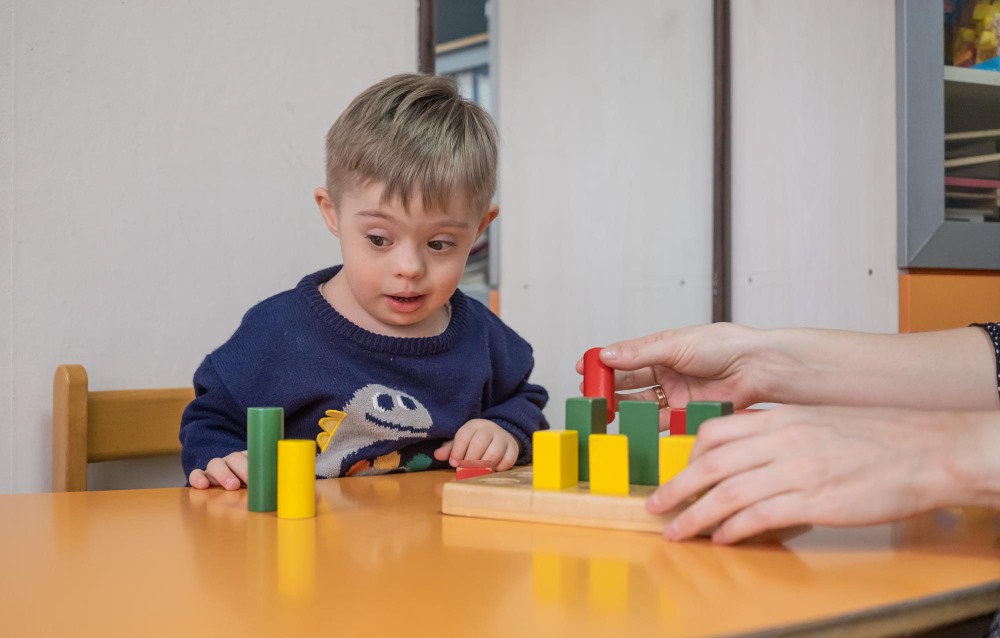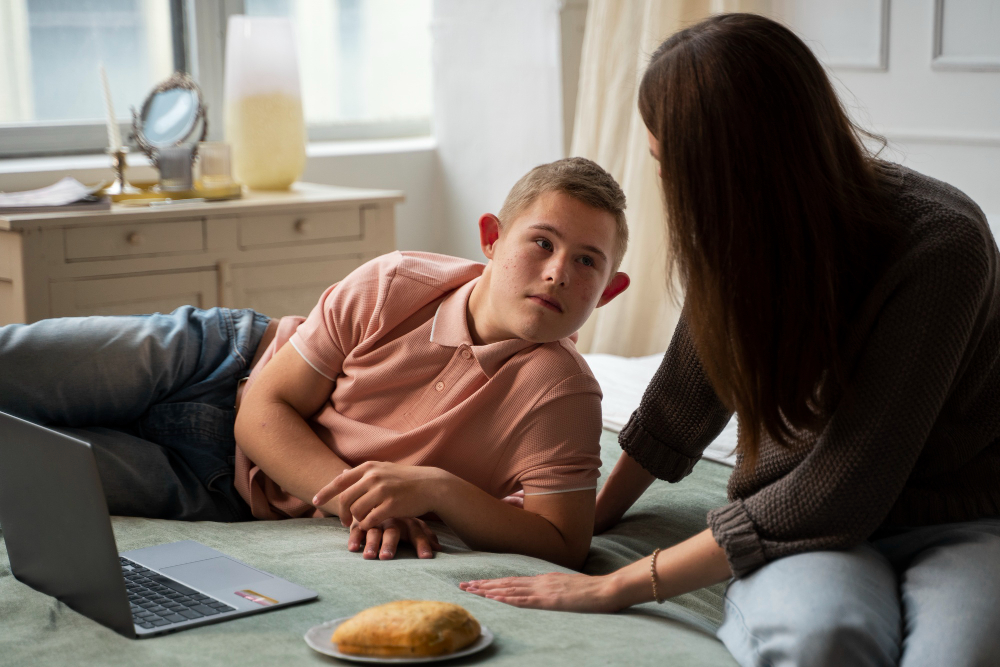Autism is a well spread neuropsychiatric disorder in present days than any other brain disorder. According to the data report of Centers for Disease Control and Prevention (CDC), autism is found in 1 out of 68 children in the U.S, and it is the report of the year 2010.
But if the study goes on the male autistic children, then the number is 1 out of 42 children. It is already proved according to database report, that the male offspring are more susceptible than the female. The reason found for it is also very interesting. It occurs due to hormonal imbalance, specially due to imbalance of the male sex hormone, testosterone.
But this neuropsychiatric disorder is strongly genetic and occurs due to the abnormal genomic expression.
A neuroscience graduate, Paula Webster at the Center for Neuroscience under West Virginia University is working on the topic, how autistic mind ticks.
Webster discovered the autistic symptoms in her three year old son which make her passionate to do further study on it. The study was not only focusing on the autistic children, but it includes a wide range of patients from children to the autistic adults.

Webster is a therapist and practiced ABA (Applied Behavioral Analysis), but her goal is to know more than the behavioral therapies, used to treat autistic children after diagnosis.
The study was conducted not only by Webster but there was another one, James Lewis, a neuroscientist, Assistant Professor at WVU.
Image Courtesy: http://wvpublic.org
The main data to study more about the autism, was different brain images, taken from the samples of two different groups of people, where one group has the autistic disabilities and the other group with no psychiatric disorders.
The main goal to study the brain images is to know which parts of the autistic brains are more active. The brain images taken from the control individuals also helped them to identify the differences between the active parts of an autistic brain and a control brain.
These images with high functional area in autistic brain may help us to find out a new therapy to control and activate the impulses, necessary for an autistic individual to act like a normal one.
Webster said, “I think we can get at trying to characterize some of those compensatory mechanisms a little bit better”
She is continuing her study with a hope that further research and study may bring us a new therapy besides the ABA (Applied Behavioral Analysis), which she practiced a lot. Different therapies from different aspects and diagnostic parameters can reduce the symptoms of this neuropsychiatric disorder, though it can be uprooted only by the targeted genome therapy as autism or ASD is strongly genetic.




